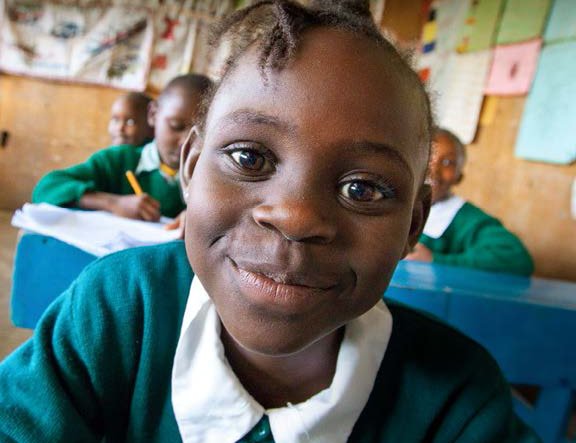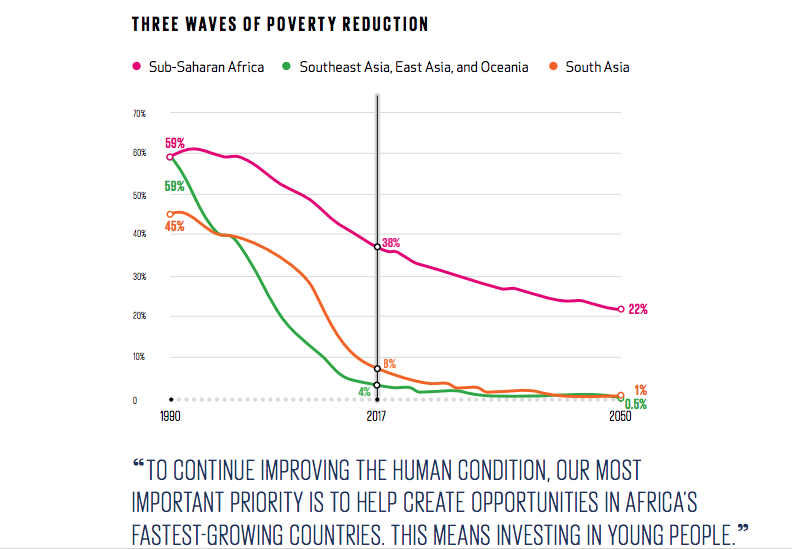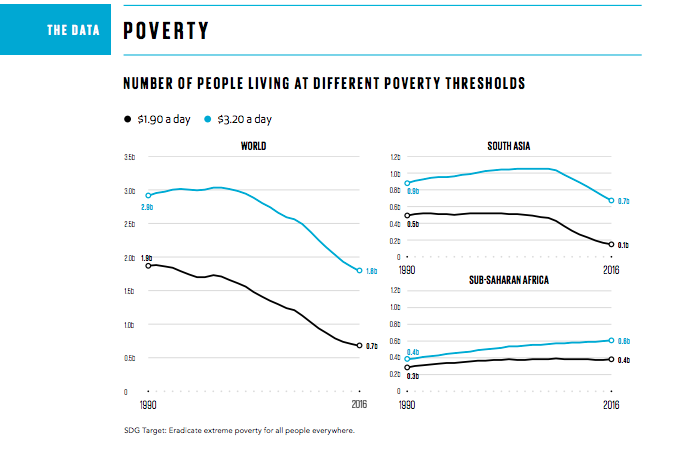
Gates Foundation yearly goalkeepers report was launched recently just before the second annual Goalkeepers Meeting, which will take place the 25-26th of September, at Jazz at Lincoln Center in New York City. The Global Goals Awards ceremony will be held on the evening of the 25th, followed by a daytime event on the 26th, as world leaders gather for the UN General Assembly.
The goalkeepers report results from a wish to respond to the United Nations agreement on 17 Sustainable Development Goals (SDGs), that were signed in 2015. Goalkeepers are leaders who take a stand on the issues they care about and innovate in their communities to achieve the Global Goals. We need people everywhere to raise their voices, help build awareness of the Global Goals, and hold their government leaders accountable for progress. Gates Foundation abides by those goals as they think they paint a picture of the world that is possible to achieve by 2030. The foundation first Goalkeepers Data Report, was published in 2017. The report tracked progress on 18 key SDG indicators and analyzed promising approaches to achieving the goals. Recently they launched the second edition of the report. In the introduction to the report, Bill and Melinda Gates state:
“In this year’s version, we have included more future projections and a range of outside voices as we strive to make the content more helpful to readers. However, our purpose remains the same: Measuring progress and trying to spur more of it.”
The introduction to the report states how even though the Gates couple are optimistic about the progress happening in the world, such as how advances in medicine have saved 50 million lives over the past 2 decades, there is still a long journey ahead, as hard problems still need to be solved. That is this year’s Goalkeepers Data Report main objective: “to confront a pressing yet neglected challenge, and identify some of the most promising strategies to meet it.” The challenge is that “the fight against poverty and disease may be on the verge of stalling.” The reason why?
“This is because the poorest parts of the world are growing faster than everywhere else; more babies are being born in the places where it’s hardest to lead a healthy and productive life. If current trends continue, the number of poor people in the world will stop falling—and could even start to rise.”
The report gives us an overview how since 2000, more than a billion people have lifted themselves out of extreme poverty. The scale of this achievement is enormous so there has been great progress in the world, and the ones coming from emerging economies have witnessed this. It has been agreed that the extreme poverty line is set at the threshold of $1.90 per day. Above that value, people are evidently still very poor, but they can begin to think beyond mere survival and look to the future. Academics state that there’s been 3 waves of progress around eradication of poverty. The first wave centered on China; the second wave centered on India. Nowadays the geography of extreme poverty is becoming heavily concentrated in sub-Saharan African countries. By 2050, that’s where 86 percent of the extremely poor people in the world are projected to live. The world’s priority for the next three decades should be a third wave of poverty reduction in Africa. One of the obstacles the continent faces is rapid population growth. Africa as a whole is projected to nearly double in size by 2050, which means that the percentage of poor people on the continent will increase as well.
The report states that it is possible to revert the dangerous trend of more poverty due to increased population, by investing in young people living in those countries. Instead of looking at the young population as a problem, a new mindset needs to be developed, as actually, a healthy, educated, and productive young population, can be good news for the economy;

Collecting and sharing data is a fundamental element of Goalkeepers. But behind the data are real people taking tangible steps to drive progress. To better convey this the report provides the reader with case studies, in order to better present the detailed data we’ve compiled and to give a human face to the real people that data represents.
The areas covered are family planning, HIV, education and agriculture, through engaging case studies. The case studies include interesting stories about Kenyan program Future Fab, a three year pilot program designed by Marie Stopes in Kenya, to help teenagers—especially teenage girls—access contraceptives and other reproductive health care. Another case study presented in Zimbabwe’s government commitment to prevent and treat the HIV disease, that made new HIV infections are down by 49 percent in just 8 years , and AIDS related deaths are down by 45 percent.

The report also writes about how the Government of India launched its Education for All movement (Sarva Shiksha Abhiyan), that in less than two decades later, led to 97 percent of children to be enrolled in school and it highlights what it’s been done to improve the literacy and quality of the teaching so the students truly gather essential mathematics and language skills
To conclude the report provides the reader with an insightful and hopeful section on global data.

Maria Fonseca is the Editor and Infographic Artist for IntelligentHQ. She is also a thought leader writing about social innovation, sharing economy, social business, and the commons. Aside her work for IntelligentHQ, Maria Fonseca is a visual artist and filmmaker that has exhibited widely in international events such as Manifesta 5, Sao Paulo Biennial, Photo Espana, Moderna Museet in Stockholm, Joshibi University and many others. She concluded her PhD on essayistic filmmaking , taken at University of Westminster in London and is preparing her post doc that will explore the links between creativity and the sharing economy.



























